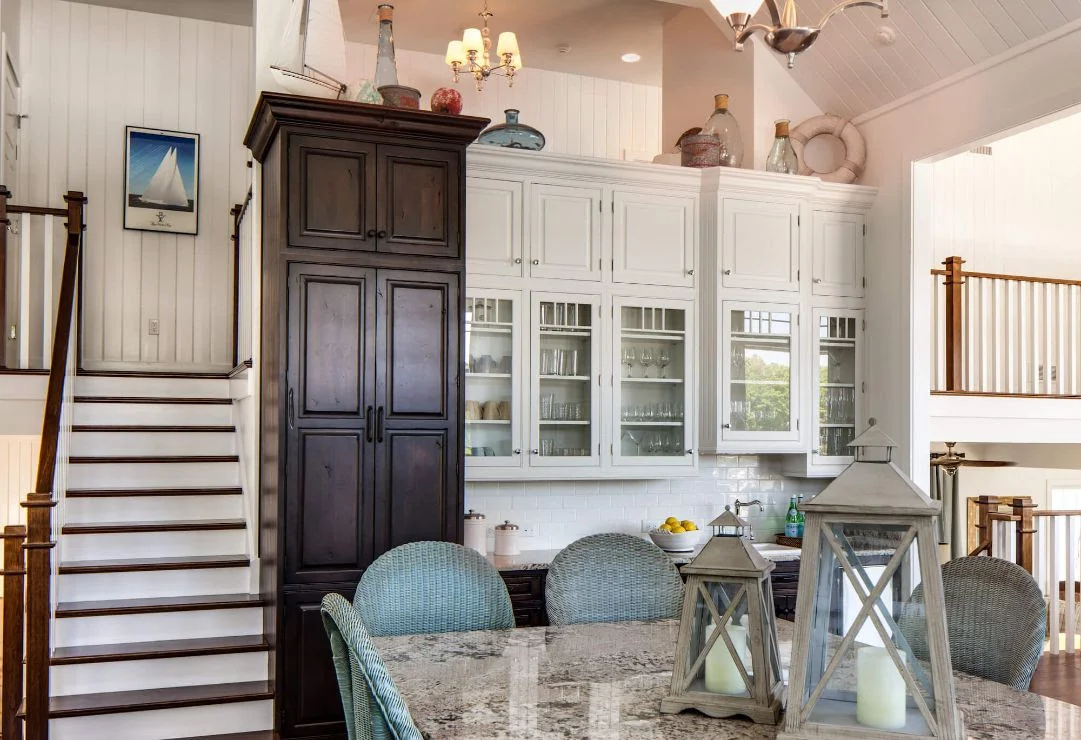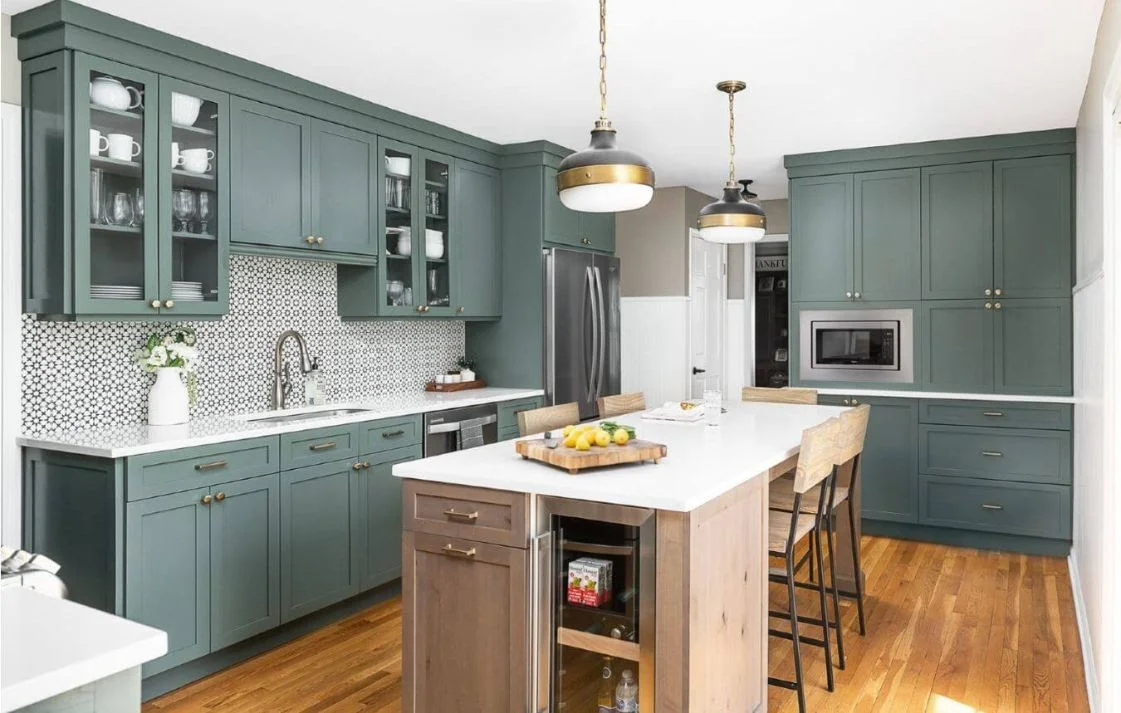Return

Value Beyond Appearance
When it comes to hardwoods, Alder has carved out a reputation for its consistent grain, ease of use, and ability to take stain beautifully. It’s a favorite among woodworkers, cabinet makers, and furniture builders. But within the world of Alder, there’s a lesser-known classification that can offer excellent value without sacrificing quality. Alder Color.
These boards meet the same structural and grading standards but feature color variations such as log stain or sticker shadow. While they may not be ideal for natural stains or exposed clear finishes, they offer a smart and budget-friendly option for darker stains or painted applications.
What causes Alder Color? It all starts with the logs and seasonal changes. Log stain often appears when logs are harvested in warmer months and held before milling, causing a bluish or gray hue to develop in the fiber. Sticker shadow is a faint mark left by the wooden spacers (sticks) used in the kiln drying process. These marks typically show up on the board’s back or lower-grade face. While purely cosmetic, both of these visual traits are enough to bump a board from a Superior (SUP) “bright” grade to a “color” grade. Making it more affordable for savvy buyers and sellers.
Despite the appearance, Alder Color boards still offer the same grade spec, integrity, and performance as the “bright” grades. They machine, mill, and finish just as well, and in many cases, color inconsistencies are reduced or completely hidden during sanding, painting, or staining. That’s why they’re often chosen for projects like painted cabinetry, interior trim, doors, or furniture where the wood’s surface will be covered or only partially visible. Choosing Alder Color can significantly reduce material costs without compromising the quality or durability of the final product.
Understanding the grading system gives manufacturers and distributors an edge in their market. Alder is sorted into a range of grades such as “Superior,” “Cabinet,” “Custom Shop,” and “Common,” with some mills offering specific “Color” designations like “Superior Color.” These allow buyers to match grade to application and budget more precisely. If you’re selling Alder lumber, it pays to ask how your customers are working with stains or paints that can mask slight color. It can lead to big savings. Making it a smart choice for the right project.

